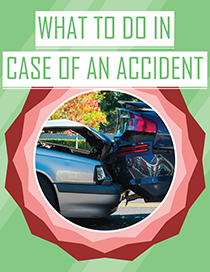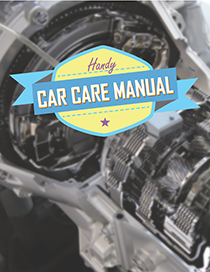3 Car Parts that We’re Endlessly Thankful for
In the spirit of gratitude this season, it has us reflecting on all the wonderful parts that make our modern-day vehicles such an asset to society. Without these three key parts, vehicles would look and function a lot differently than they do today… and likely for the worst! Here are three features in vehicles that we’re endlessly thankful for:
Brakes. A car without brakes would a lot more interesting of a drive, but you’d probably see a decrease in lifespan as a result of stress from driving. Thankfully though, drivers utilize brakes to slow down if they have accelerated too quickly. We’re grateful this was invented before the mass production of cars, in the Roman Empire in 1902.
Seat Belts & Airbags. This dynamic duo has saved many lives throughout the 100 years of widespread car use. The invention of the modernized, three point, seat belt was designed by Nils Bohlin, a Swedish engineer and inventor, for Volve in 1959. This is considered the basic version of the seat belts installed in vehicles around the world even today.
Air bags came to fruition in 1953 from a combination of patents by John W. Hetrick and Walter Linderer. John W. Hetrick made a safety cushion assembly that was used to design the first prototype for airbags. Walter Linderer filed a patent for an inflatable cushion. Following a federal law, in 1969, that required each new car to be installed with an automatic occupant protection system, Allen K. Breed is credited with the creation of the first air bag sensor.
Windshield Wipers. Driving a vehicle in a rainstorm, without windshield wipers, would be a very dangerous and stress inducing drive. Can you imagine not driving in the rain or snow? The invention of the windshield wipers allows us to drive outside regardless of rain or shine.
There are three brilliant minds that can contribute to the modern day windshield wiper, starting with James Henry Apjohn. Apjohn created the first windshield wipers that were essentially two brushes that moved up and down the windshield mechanically. And in 1903, Mary Anderson patented a spring-loaded wiper with a swinging arm to improve on Apjohn’s invention. Finally, in 1963, Robert Kearns invented intermittent wipers that mimicked how the human eyelid opens and closes.
How amazing are these inventions and the wonderful inventors behind the scenes. We couldn’t imagine our daily driving without any of these parts that allow us to control our vehicles and to see clearly while driving. Stay safe out there and stay thankful for the improvements you see in modern day cars!






